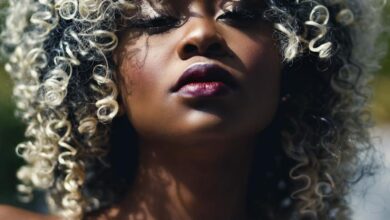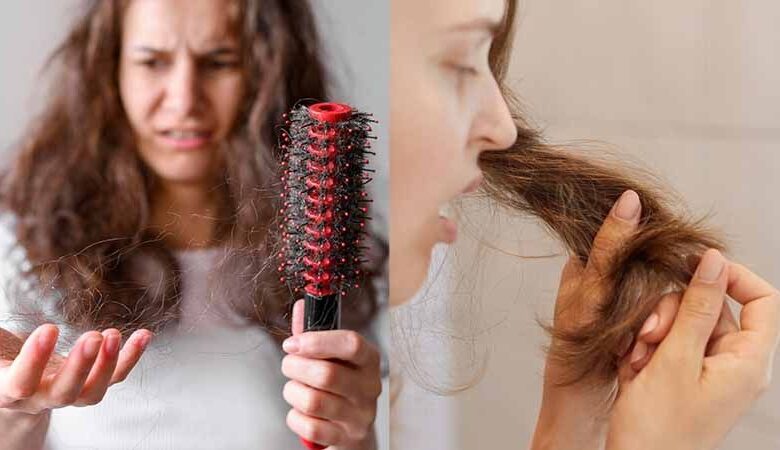
Navigating the whirlwind world of fashion and beauty can be exhilarating, but here’s the twist: amidst all the glam, ensuring your hair remains strong and radiant is non-negotiable. Ever found yourself lamenting over broken strands or those dreaded split ends? We feel you.
This article dives deep into understanding the elusive reasons behind hair breakage. We’ll demystify the causes, serve up some effective prevention strategies, and equip you with the know-how to sport a lustrous mane. Whether you’re battling brittle hair or just aiming for healthier locks, this guide is your playbook. So, buckle up and let Stylish.ae be your guide on this transformative hair journey.
Causes of Hair Breakage
Chemical damage
Chemical damage is one of the leading causes of hair breakage. You may love your beautiful, vibrant hair color, but the chemicals used in the coloring process can be harsh and damaging. From bleaching to perming, these chemical treatments weaken the hair’s structure and make it more prone to breakage. To prevent hair breakage from chemical damage, consider minimizing the frequency of chemical treatments and opting for gentler alternatives.
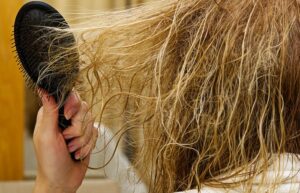
Heat damage
Excessive heat styling can be disastrous for your hair health. High temperatures from curling irons, straighteners, and blow dryers can strip your hair of its natural moisture, making it dry and brittle. This lack of moisture weakens the hair, making it susceptible to breakage. To prevent heat damage, always use a heat protectant spray before using any hot styling tools. Additionally, reducing the frequency of heat styling and opting for heat-free styles can significantly improve the health of your hair.
Overstyling
If you’re constantly changing your hairstyle and experimenting with different looks, you may be unknowingly causing hair breakage. Overstyling, especially when combined with heat styling and chemical treatments, can lead to excessive stress on your hair strands. This stress weakens the hair, making it more prone to breakage. It’s essential to give your hair regular breaks from excessive styling and allow it to recover.
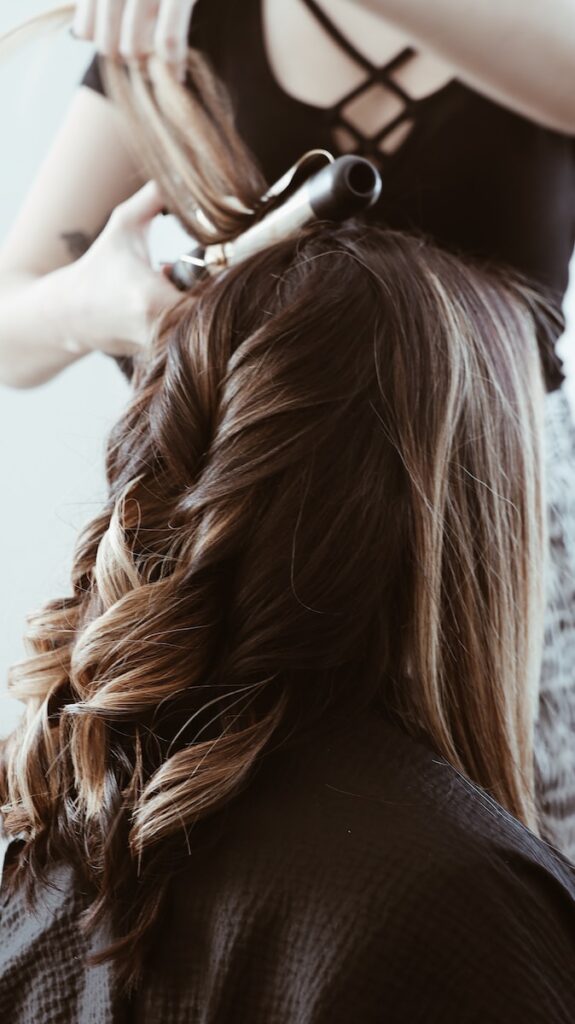
Tight hairstyles
Tight ponytails, braids, and buns may look incredibly sleek and polished, but they can also cause significant damage to your hair. Constantly pulling your hair tight puts strain on the hair follicles and can lead to breakage, especially around the hairline. To prevent hair breakage from tight hairstyles, opt for looser styles and use hair-friendly accessories such as scrunchies or hairpins instead of tight elastic bands.
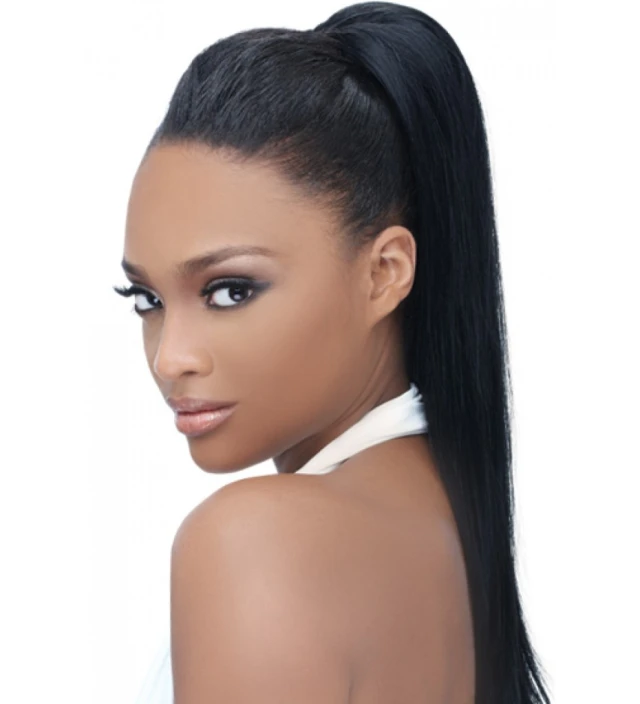
Poor nutrition
Your hair’s health is directly influenced by your diet. If you’re not supplying your body with the necessary nutrients, your hair may suffer. A lack of essential vitamins and minerals, such as iron, zinc, and biotin, can weaken your hair and cause it to break easily. To prevent hair breakage from poor nutrition, ensure you’re consuming a well-balanced diet that includes plenty of fruits, vegetables, lean proteins, and whole grains. If needed, consider taking supplements to fulfill any nutritional gaps.
Environmental factors
The environment we live in can have a significant impact on the health of our hair. UV rays from the sun, pollution, and harsh weather conditions can damage the hair shaft, making it more prone to breakage. Protecting your hair from environmental damage by wearing a hat or using products with UV protection can help prevent breakage.
Hard water
The water we use to wash our hair can also contribute to hair breakage. Hard water, which contains high levels of minerals such as calcium and magnesium, can leave residue on the hair and scalp. This buildup can make hair dull, dry, and more susceptible to breakage. Using a water softener or clarifying shampoo can help alleviate the effects of hard water on your hair.
Lack of moisture
If your hair is dry and lacks moisture, it becomes more prone to breakage. External factors such as heat styling, chemical treatments, and environmental damage can strip the hair of its natural moisture. Additionally, inadequate hydration and moisture from within the body can also affect the health of your hair. To prevent hair breakage from lack of moisture, use hydrating hair products, deep condition regularly, and stay well-hydrated by drinking plenty of water.
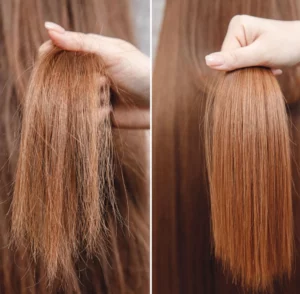
Medical conditions
Certain medical conditions can contribute to hair breakage. Conditions like hypothyroidism, alopecia areata, and trichotillomania can weaken the hair and cause it to break. If you suspect an underlying medical condition may be causing your hair breakage, it’s important to consult with a healthcare professional for proper diagnosis and treatment.
Genetics
Unfortunately, sometimes the cause of hair breakage is simply genetic. Some individuals may have naturally weaker hair that is more prone to breakage. While you can’t change your genetics, you can still take preventive measures to minimize breakage and promote overall hair health.
Prevention of Hair Breakage
Minimize chemical treatments
To prevent hair breakage from chemical damage, it’s important to limit the frequency of chemical treatments. Consider opting for less damaging alternatives or simply embrace your natural hair color.
Use heat protectant
Before subjecting your hair to heat styling tools, make sure to apply a heat protectant spray or serum. This creates a barrier between your hair and the high temperatures, reducing the damage caused by heat.
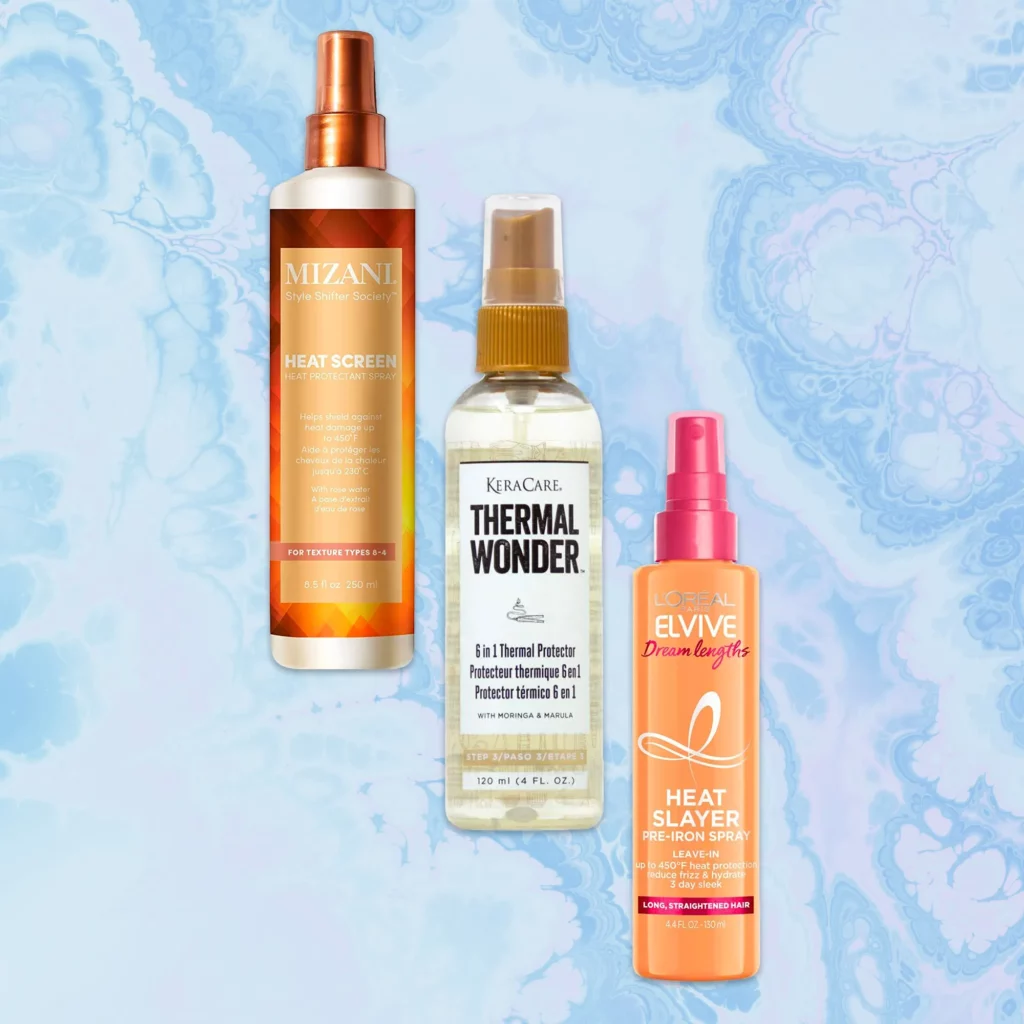
Limit use of heat styling tools
Reducing the frequency of heat styling can significantly improve the health of your hair. Embrace heat-free styles such as air drying, braids, or updos to give your hair a break from excessive heat.
Limiting the use of heat styling tools is a crucial step towards enhancing the overall health and vitality of your hair. By reducing the frequency at which you subject your hair to heat, you can experience remarkable improvements in its condition. Instead, it is highly recommended to embrace heat-free styling methods that not only allow your hair to rest from excessive heat but also offer a wide range of stunning looks.
One of the most effective heat-free styling techniques is air drying. Allowing your hair to naturally dry without the aid of hot tools not only prevents damage caused by high temperatures but also maintains its natural texture and moisture balance. By simply towel-drying your hair gently and allowing it to air dry, you can achieve beautiful, effortless waves or curls that exude a carefree and natural charm.
Another fabulous heat-free option to consider is braiding. This versatile styling technique not only protects your hair from heat damage but also offers an array of captivating looks. From classic French braids to trendy fishtail braids or even intricate Dutch braids, the options are endless. By experimenting with different braiding styles, you can effortlessly transform your hair into a stunning masterpiece while simultaneously giving it a much-needed break from heat styling.
Additionally, incorporating updos into your hairstyling routine can be an excellent way to limit the use of heat tools. Whether it’s a sleek and sophisticated bun, a chic top knot, or an elegant chignon, updos can instantly elevate your look while keeping your hair away from heat sources. This not only protects your hair from potential damage but also allows it to grow stronger and healthier over time.
By embracing heat-free styling methods such as air drying, braids, or updos, you are prioritizing the well-being of your hair. Not only will you notice a significant improvement in its overall health, but you will also be able to experiment with a multitude of stunning looks that showcase your hair’s natural beauty. So, let go of excessive heat styling and watch as your hair flourishes with vitality and radiance.
Avoid tight hairstyles
Choose looser hairstyles that don’t put strain on your hair follicles. Opt for gentle accessories like scrunchies or fabric-covered elastics to avoid breakage caused by tight hairstyles.
To ensure the health and longevity of your precious locks, it is highly recommended to steer clear of tight hairstyles that exert unnecessary strain on your hair follicles. Instead, opt for looser and more forgiving hairstyles that generously accommodate your hair’s natural movement. By doing so, you can protect your tresses from potential damage and promote their overall well-being.
One of the simplest ways to achieve this is by embracing hairstyles that offer a more relaxed and comfortable fit. Looser hairstyles, such as loose braids, loose ponytails, or loose buns, allow your hair to flow freely without being tightly pulled or constrained. By giving your strands the space they need, you can prevent the undue tension that often accompanies tight hairstyles.
Furthermore, choosing the right accessories can make a significant difference in safeguarding your hair from breakage caused by tight hairstyles. Opt for gentle alternatives like scrunchies or fabric-covered elastics that provide a softer grip. These accessories help distribute the pressure more evenly, reducing the risk of hair breakage that can occur with harsher alternatives.
Scrunchies, with their soft and stretchy fabric, are particularly advantageous as they offer a secure hold while reducing the strain on your hair. The fabric-covered elastics provide a similar advantage, granting a gentle grip while minimizing the potential for damage. By opting for these kinder accessories, you can minimize the strain on your hair follicles and mitigate the risk of breakage caused by tight hairstyles.
Maintain a healthy diet
Eating a balanced diet rich in vitamins, minerals, and proteins is essential for hair health. Include foods like lean meats, fish, fruits, vegetables, nuts, and whole grains in your meals to provide your hair with the necessary nutrients it needs to stay strong.

Protect hair from environmental damage
Use a hat or scarf to protect your hair from the harmful rays of the sun and minimize exposure to pollution and harsh weather conditions.
In order to maintain healthy and lustrous hair, it is crucial to protect it from the harmful effects of environmental damage. One effective method to shield your hair from such detrimental factors is by utilizing a hat or scarf. These simple yet effective accessories act as a barrier, safeguarding your hair from the damaging rays of the sun, minimizing exposure to pollution, and shielding it from harsh weather conditions.
Firstly, the sun’s ultraviolet (UV) rays can cause significant harm to our hair. Prolonged exposure to these rays can lead to dryness, brittleness, color fading, and even breakage. By wearing a hat or scarf, you create a shield against the sun’s harmful UV rays, preventing them from penetrating your hair strands and causing damage. This protection helps to retain the hair’s moisture, preserve its natural shine, and maintain its overall health and strength.
Secondly, pollution can be a major contributor to hair damage. Whether you reside in a bustling city or a suburban area, pollution particles present in the air can settle onto your hair, leading to various problems. These particles can clog hair follicles, making the scalp oily and prone to dandruff. Additionally, pollutants can strip away the hair’s natural oils, leaving it dull, lifeless, and more susceptible to breakage. By wearing a hat or scarf, you create a physical barrier that helps minimize the contact between your hair and pollutants, reducing the negative impact on its health and appearance.
Lastly, harsh weather conditions can wreak havoc on your hair. Extreme temperatures, strong winds, and excessive humidity can all cause damage and make your hair more vulnerable to breakage and frizz. By donning a hat or scarf, you provide an extra layer of protection against these elements. A hat can shield your hair from direct exposure to harsh sunlight, preventing excessive drying and potential sunburn of the scalp. Similarly, a scarf can help protect your hair from the wind’s damaging effects and minimize frizz by keeping it secure and preventing excessive moisture absorption from the air.
In conclusion, wearing a hat or scarf is a practical and effective way to protect your hair from environmental damage. These accessories serve as a physical barrier, shielding your hair from the harmful rays of the sun, reducing exposure to pollution particles, and safeguarding it against the damaging effects of harsh weather conditions. By incorporating this simple habit into your daily routine, you can ensure that your hair remains healthy, vibrant, and resilient, even in the face of environmental challenges.
Use a water softener
If you have hard water, consider investing in a water softener or using a clarifying shampoo to reduce the buildup of minerals on your hair and scalp.
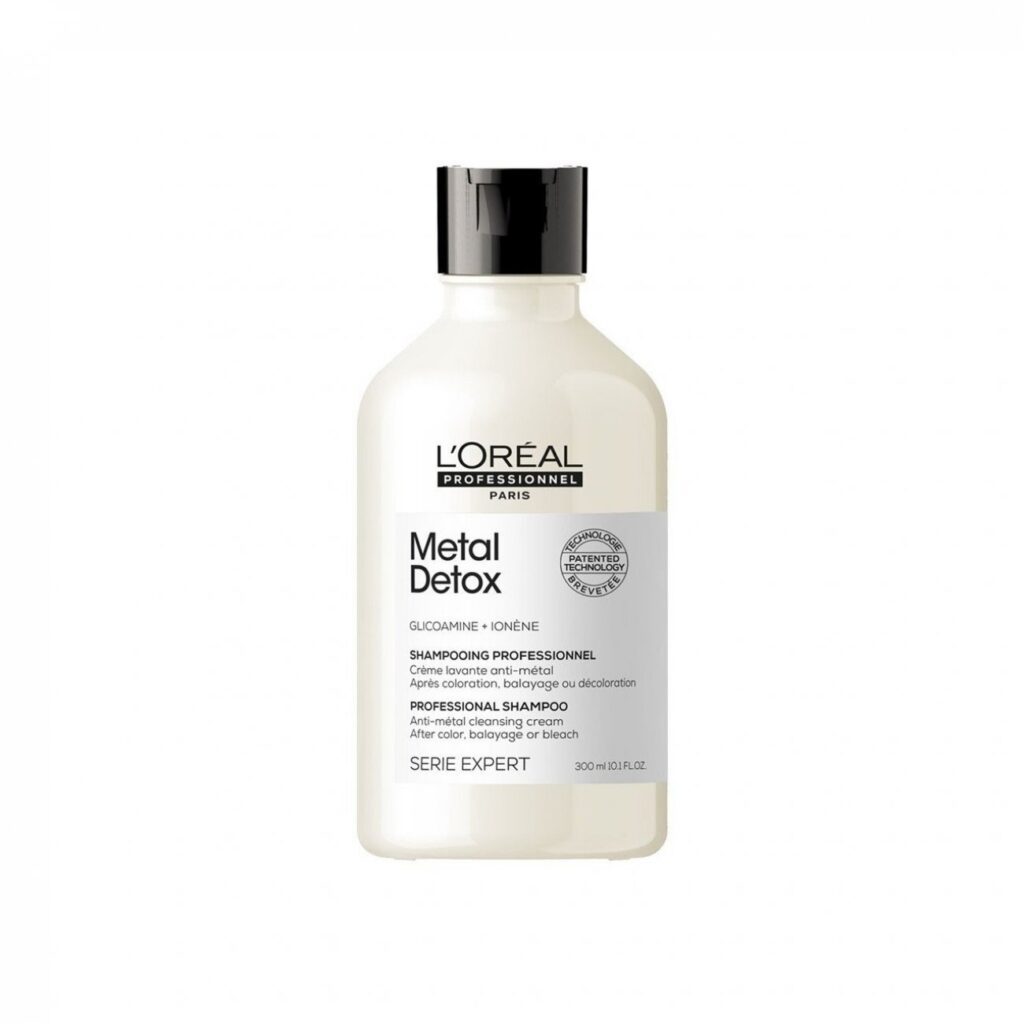
Moisturize hair regularly
Regularly hydrating and moisturizing your hair is vital to prevent breakage. Use deep conditioning treatments, leave-in conditioners, and moisturizing hair masks to keep your strands well-nourished and moisturized.
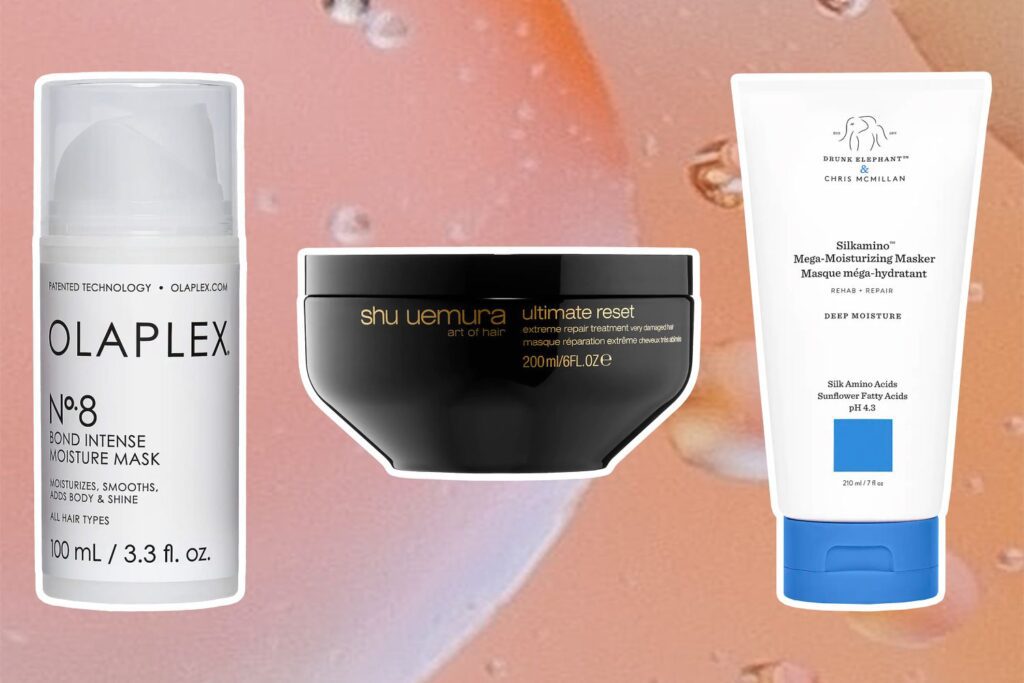
Manage underlying medical conditions
If a medical condition is causing your hair breakage, seek proper medical advice and treatment from a healthcare professional. Managing the underlying condition can help improve the health of your hair.
Take care based on hair type
Different hair types have different needs. Learn about your specific hair type and tailor your hair care routine accordingly. This will ensure you’re using products and techniques that work best for your hair, reducing the risk of breakage.
Taking care of your hair based on its specific type is essential for maintaining healthy and beautiful locks. Each hair type has unique characteristics and requirements, making it crucial to understand and address them accordingly. By familiarizing yourself with your specific hair type, you can tailor your hair care routine to meet its individual needs, resulting in optimal results.
Understanding your hair type is the first step towards achieving hair that is strong, vibrant, and full of life. Whether you have straight, wavy, curly, or coily hair, each type demands specific attention. Straight hair, for instance, tends to be prone to oiliness and requires regular cleansing to prevent buildup. On the other hand, curly or coily hair often struggles with dryness and requires extra moisture to maintain its health and elasticity.
Once you have identified your hair type, you can then select products and techniques that are specifically designed to cater to its unique characteristics. Choosing the right shampoo, conditioner, and styling products that are formulated for your hair type can make a significant difference in its overall health and appearance. For example, those with straight hair may benefit from lightweight, volumizing products that provide lift and prevent greasiness. Conversely, individuals with curly or coily hair may require rich, hydrating products that enhance moisture retention and define their natural curls.
In addition to product selection, understanding your hair type allows you to adopt suitable hair care techniques. For instance, those with straight hair may find that regular brushing helps distribute natural oils evenly and prevents tangling. Conversely, individuals with curly or coily hair may opt for finger detangling or wide-toothed combs to minimize breakage and preserve their natural curl pattern.
By tailoring your hair care routine to your specific hair type, you can minimize the risk of breakage and promote overall hair health. Understanding the unique needs of your hair type and using appropriate products and techniques will help you achieve the desired results, whether it’s maintaining shine, enhancing curl definition, or combating frizz.
You can minimize the risk of breakage and promote overall hair health by tailoring your hair care routine to your specific hair type. Achieving the desired results, such as maintaining shine, enhancing curl definition, or combating frizz, is possible by understanding the unique needs of your hair type and using appropriate products and techniques.
Solutions for Hair Breakage
Trimming and cutting hair
If your hair is already damaged, getting regular trims can help remove split ends and prevent them from traveling up the hair shaft, causing more breakage. Consider visiting a professional hairdresser who can provide expert advice on the best cutting techniques for your hair.
Use of protein-based treatments
Protein-based treatments, such as keratin treatments or protein masks, can help strengthen the hair and reduce breakage. These treatments work by replenishing the protein lost from the hair, improving its overall strength and resilience.
Moisturizing hair masks
Deep conditioning and moisturizing hair masks are excellent solutions for hair breakage. These masks provide intense hydration and nourishment, helping to restore moisture and elasticity to your hair.
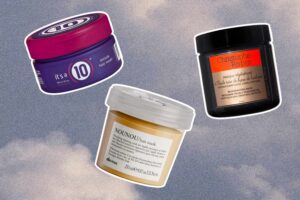
Silicone-based hair serums
Silicone-based hair serums can help smooth and protect your hair strands, reducing friction and breakage. Apply a small amount of serum to your hair after styling to add shine and create a protective barrier against damage.
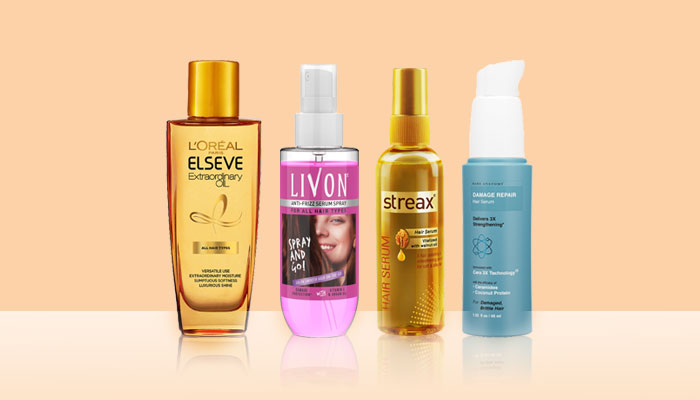
Gentle detangling techniques
When detangling your hair, be gentle to avoid unnecessary breakage. Use a wide-toothed comb or a detangling brush to gently work through knots and tangles. Start from the ends and work your way up, being careful not to pull or tug on your hair.
Avoiding hair accessories that cause damage
Certain hair accessories, such as metal barrettes or elastic bands with metal components, can cause breakage. Opt for hair-friendly accessories like fabric-covered elastics, scrunchies, or claw clips to minimize damage.
Scalp massages
Massaging your scalp regularly can promote blood circulation to the hair follicles, stimulating hair growth and improving hair health. Use your fingertips to gently massage your scalp in circular motions for a few minutes each day.
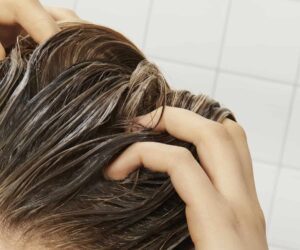
Hair supplements
If your diet is lacking essential nutrients for hair health, consider taking hair supplements such as biotin, vitamins, or omega-3 fatty acids. These supplements can provide an extra boost of nutrients necessary for strong, healthy hair.
Professional hair treatments
Visiting a professional hair salon for treatments like deep conditioning, keratin treatments, or scalp treatments can provide targeted solutions for hair breakage. These treatments are often performed by trained professionals who can assess the specific needs of your hair and provide customized care.
Professional hair treatments offer a wide array of benefits that go beyond what can be achieved at home. When visiting a professional hair salon, you have access to specialized treatments such as deep conditioning, keratin treatments, and scalp treatments, which can effectively address hair breakage and provide tailored solutions.
One of the key advantages of opting for professional hair treatments is the expertise of trained professionals. These experts possess in-depth knowledge and experience in hair care, enabling them to accurately assess the unique needs of your hair. By understanding your hair’s specific requirements, they can provide personalized care and recommend the most suitable treatments to promote optimal hair health.
Deep conditioning treatments, for example, are designed to nourish and repair damaged hair. By infusing moisture and essential nutrients into the hair shaft, these treatments help restore moisture balance, strengthen the hair, and prevent breakage. Professional stylists are well-versed in selecting the appropriate deep conditioning products and techniques to address your hair’s specific concerns, ensuring maximum effectiveness.
Keratin treatments, on the other hand, are particularly beneficial for those struggling with frizzy, unruly hair. These treatments involve the application of a keratin-rich formula that coats the hair, smoothing out the cuticles and reducing frizz. Trained professionals possess the necessary expertise to apply keratin treatments correctly, ensuring that the results are long-lasting and natural-looking.
Furthermore, scalp treatments offered at professional hair salons can help address various scalp conditions that contribute to hair breakage. These treatments, which may involve exfoliation, detoxification, or moisturization, target specific scalp issues such as dryness, dandruff, or excessive oiliness. By restoring the health of your scalp, these treatments promote a conducive environment for healthy hair growth and minimize breakage.
In addition to the expertise of professionals, professional hair treatments often utilize high-quality products that may not be easily accessible for home use. These products are formulated with potent ingredients and advanced technologies, ensuring superior results. By relying on these professional-grade products, you can expect more noticeable improvements in the condition of your hair.
Ultimately, visiting a professional hair salon for treatments like deep conditioning, keratin treatments, or scalp treatments offers a comprehensive approach to hair care. By benefiting from the expertise of trained professionals, personalized care, and high-quality products, you can effectively address hair breakage and enjoy healthier, more beautiful hair.
Investing in quality hair products
Using high-quality hair products, including shampoos, conditioners, and styling products, can make a significant difference in preventing hair breakage. Look for products that are formulated to strengthen and nourish the hair, without the use of harsh chemicals that can further damage your strands.
By understanding the causes of hair breakage and implementing preventive measures and solutions, you can improve the health and strength of your hair. Remember, consistency and patience are key when it comes to repairing and preventing hair breakage. Take care of your hair, and it will reward you with luscious locks that are less prone to breakage.
Maui Moisture Thicken & Restore Shampoo Review(Opens in a new browser tab)
Nail Health 101: What Your Nails Say About Your Well-being(Opens in a new browser tab)

